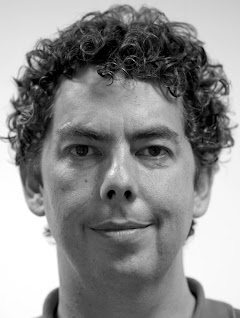Beat
I photograph conflict, political events, sports, natural disasters.
One Shot

“Some flamingoes were stuck on the salt flats of the drought stricken Bakhtegan Lake near Shiraz in Southern Iran as they were too young to fly with the rest of the migrating flock. It was one of the first I took in my near two decade career with Reuters.”
Profile
My father was a serious amateur photographer and I always enjoyed watching him work with his Hasselblad cameras and seeing the images he produced. Unfortunately those images were all destroyed during the Iranian revolution.
I started photographing at university, where I studied to be a veterinarian. I took pictures of my former rugby team mates and when one was published in the university newspaper I knew I had found my calling.
I was interested in news from an early age. While at university, I watched television reports of the famine in Ethiopia and apartheid in South Africa and wondered what it was really like there. The sounds, smells and emotions. I wanted to document that and do my part to influence viewers’ perception of events by showing what I witnessed.
My first memorable assignment was to northern Iraq in 1991 during the Kurdish uprising after the first Gulf War. As millions of Kurds tried to flee the country, I was invited on to a bus, which was stuck in a massive traffic jam on the way to the Iranian border, to see a girl whose face had been burned by Iraqi military weapons. The image of the girl with a badly burnt face and a yellow bow tied in her hair ended up on the cover of Newsweek. The cover was criticized by some for being too graphic but I felt the image, and others taken by my colleagues, changed people’s perceptions of the conflict and some protection was set up for the Kurdish population of Northern Iraq.
On Christmas morning, my father-in-law told me he heard on satellite radio that Bam, in southeastern Iran, had been hit by an earthquake. I was on the first plane to Kerman and then the first helicopter to Bam. Photographing the aftermath of an earthquake can have a very negative impact on your mental health but at the Bam graveyard I came across a young cleric who said: “God Bless you for the work you have done”. I was surprised as journalists are often called foreign media spies in Iran but the cleric said if I had not shown the world the damage, then no help would have arrived.
The most important images record history and shape opinion by showing the truth. This, to me, is the importance of photojournalism.
It's important to learn about photography and journalism but also other subjects like languages, history, politics or medicine. Study something that will complement your work as a photojournalist.
In the old days we used to carry around many fixed focal length lenses because zoom lenses were not as sharp as they are today. My back paid a heavy price for all the equipment I carried during those years. Today I carry two camera bodies and two zoom lenses. I travel as light as possible because I want to be an unobtrusive photographer.
My father taught me through actions rather than words that one must act with integrity in personal or professional life.
Behind the Scenes

